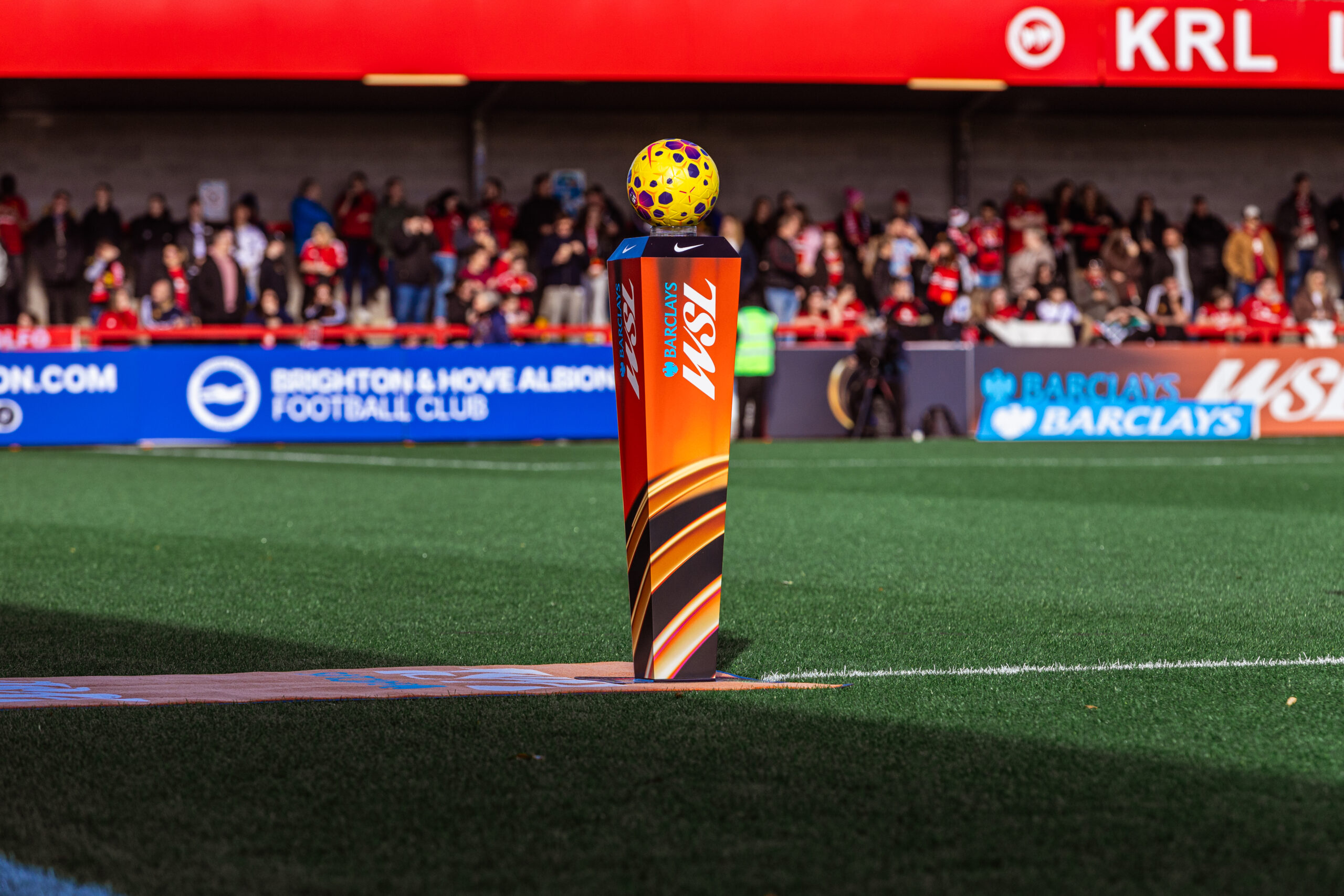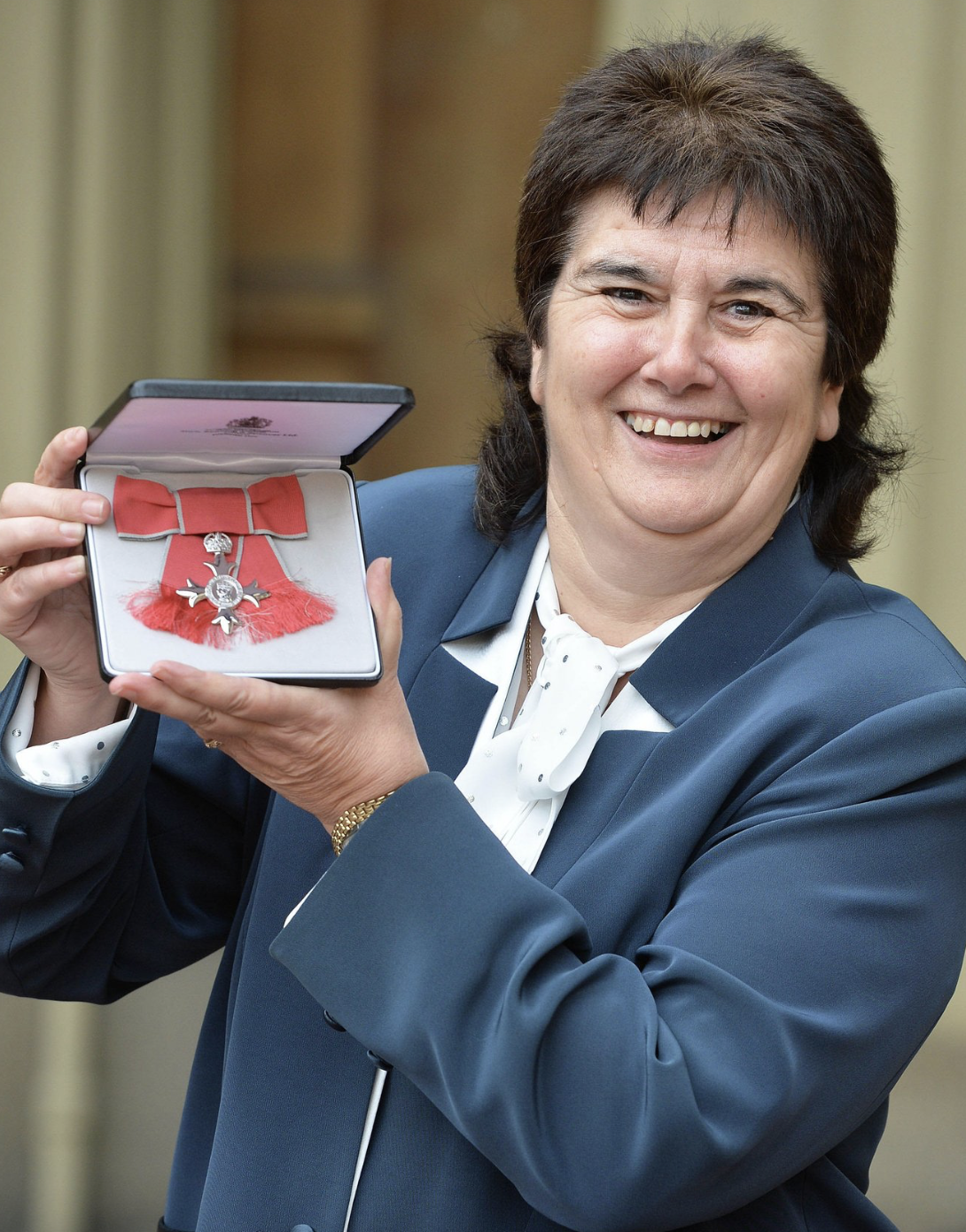Viola was not the only girl disguised as a male to compete in sports, as Sam Kerr reveals in her book, ‘My Journey to the World Cup’.
In this autobiography, Kerr, the all-time leading soccer player for the Australian national team, offers a glimpse into her early life, including exclusive insights from her supportive family. Kerr, who had few female role models in sports growing up, has herself become a powerful inspiration for young girls, redefining what’s possible as one of the greatest strikers around the world.
The Kerr family’s love for sports was rooted in Australian Rules Football (AFL). They passionately supported the West Coast Eagles, which differs greatly from the game of soccer where Kerr would eventually shine on an international stage. Her father, a coach at the South Fremantle Football Club, first introduced her to organised sports by allowing her to join the boys’ club when she was just five or six.
Kerr’s mother, Roxanne, recalls Kerr being the only girl in the team. ‘With her short hair and fierce playing style, many teammates and coaches didn’t realise she was a girl’. Hence she embraced the anonymity and decided to keep her gender a secret, avoiding any special treatment and let her performance speak for itself for the next three years.
It was undeniable that Kerr had talent and drive on the field, but as she reached 11, physical differences between her and her teammates became harder to ignore, returning home with bruises. She wouldn’t be allowed to continue in AFL.
“Being taken away from footy really sucked, and I hated soccer when I was a kid.”
Kerr’s early experiences of masquerading her gender to partake in sports reflect a common reality for many young female athletes: they often have no other option. Playing with boys was less about preference and more about opportunity, as girls’ sports infrastructure simply wasn’t there to support their level of talent and passion.
This reality is echoed by other top female athletes. Lucy Bronze, for example, also began her football journey in boys’ leagues as there were no equivalent teams for girls in her area. For these athletes, playing with boys not only provided a path to continue their sport but also offered a competitive environment that pushed them to their limits. They had to adapt to a more physical, faster-paced game, developing the skill and resilience that would later define their careers.
In Kerr’s case, the lack of girls’ teams in the AFL meant that she could no longer play with the boys due to safety concerns; she had no alternative within the sport she loved. This forced her reluctant shift to football, a transition that would ultimately shape her career. Yet it’s worth noting that if girls’ teams had been available, Kerr might have had more opportunities to continue in AFL. Her story reflects her drive and the limitations female athletes often face in finding adequate support and access.
Kerr’s story is a powerful reminder that passion and perseverance can break through even the toughest barriers. Her legacy isn’t just her success on the field—it’s the path she’s carved for future generations of girls to play, compete, and lead on their terms.
Photo – https://fifpro.org/en/supporting-players/player-influence/world11/will-it-be-back-to-back-world-11-appearances-for-sam-kerr



